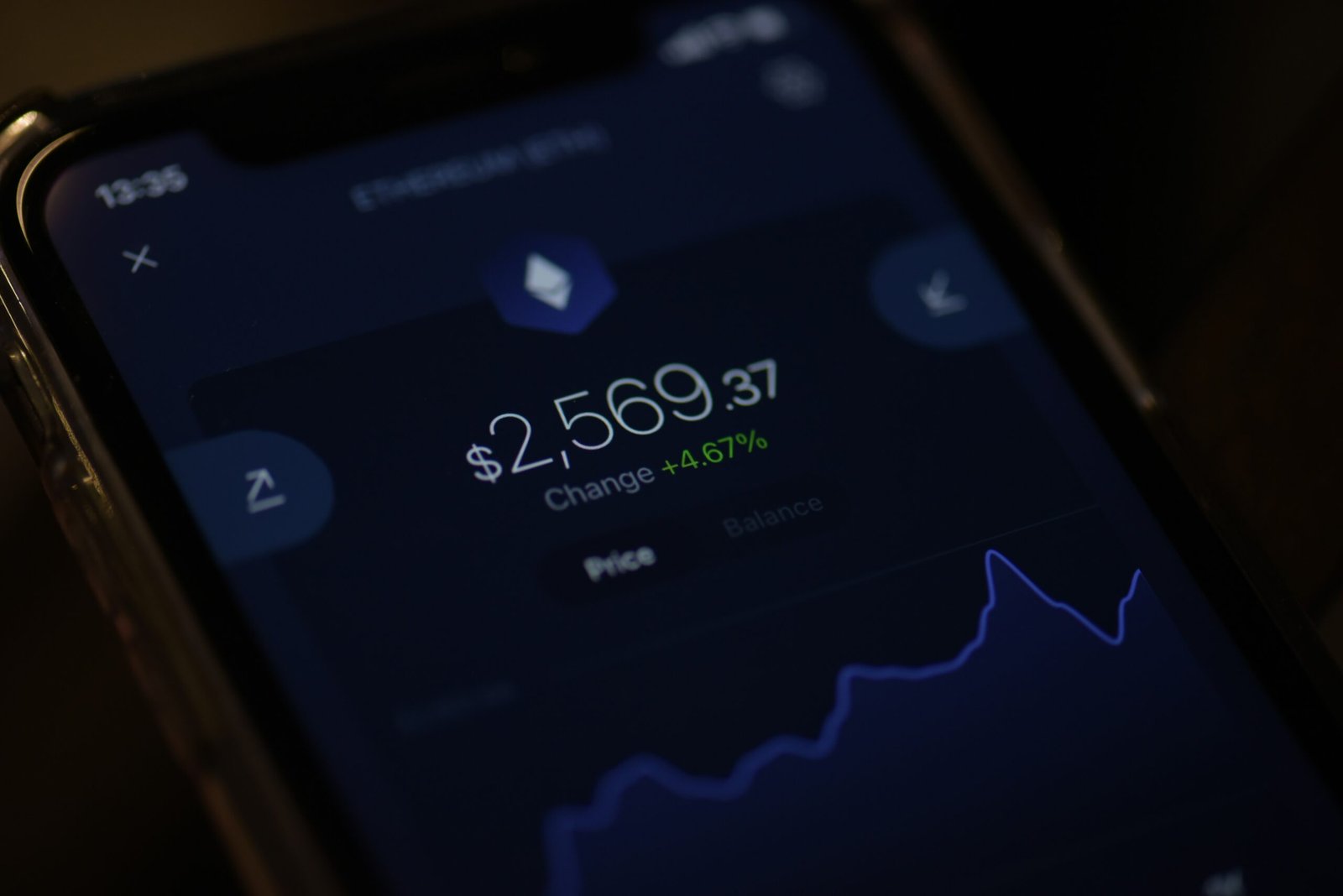The Ultimate Guide to Choosing the Best Cryptocurrency Trading Platforms
Cryptocurrency Trading Platforms
Diving into the world of cryptocurrency trading platforms is a must for finance pros, FX traders, options traders, and investors. This section breaks down the ins and outs of crypto exchanges and the different types of trading platforms you can use.
What Are Cryptocurrency Exchanges?
Cryptocurrency exchanges are where the magic happens for buying, selling, and trading digital assets. These platforms let you swap cryptocurrencies for other digital coins or good old-fashioned cash. Knowing how these exchanges work is key if you want to get into crypto trading.
There are two main types of crypto exchanges: centralized and decentralized. Centralized exchanges are run by companies that act as middlemen between buyers and sellers. They’re easy to use, have lots of trading options, and usually offer high liquidity. But, you gotta trust them with your money, which can be risky.
On the flip side, decentralized exchanges (DEXs) let you trade directly with others without a middleman. This means more privacy and control over your funds, but they can be trickier to use and might not have as much liquidity. For a deeper dive into the differences, check out this article on comparing centralized and decentralized exchanges.
Types of Trading Platforms
There are several types of crypto trading platforms, each catering to different trading styles and needs. Here’s a quick rundown:
| Platform Type | Description | Example |
|---|---|---|
| Centralized Exchanges | Run by companies that handle trades. Easy to use with lots of trading options. | Binance, Coinbase |
| Decentralized Exchanges | Peer-to-peer trading without middlemen. Focus on privacy and control. | Uniswap, SushiSwap |
| Peer-to-Peer Platforms | Connect buyers and sellers directly to negotiate terms. | LocalBitcoins, Paxful |
| Margin Trading Platforms | Trade with borrowed funds for bigger potential returns (and risks). | BitMEX, Kraken |
Each platform type has its pros and cons, so it’s important to think about your goals and how much risk you’re willing to take before picking one.
For more on trading strategies that work across these platforms, check out our sections on options trading strategies and intraday trading strategies. Knowing the ins and outs of each platform can help you navigate the wild world of crypto markets.
Picking the Best Crypto Trading Platform
Choosing the right crypto trading platform can make or break your trading game. Let’s break down what you need to look for and why it matters.
What to Look For
When you’re on the hunt for a crypto trading platform, keep these things in mind:
-
Fees and Charges: Every platform has its own fee setup—trading fees, withdrawal fees, deposit fees. Know these costs because they can eat into your profits.
-
User Experience: A smooth, easy-to-use interface can make trading a breeze. Look for platforms that are easy to navigate and let you customize your experience.
-
Trading Options: Check out the variety of cryptocurrencies available. More options mean more ways to diversify your investments.
-
Payment Methods: See what payment methods are supported for deposits and withdrawals. More options mean more flexibility.
-
Customer Support: Good support can save you a lot of headaches. Look for platforms that offer 24/7 help through multiple channels.
| Factor | What to Check |
|---|---|
| Fees and Charges | Know the platform’s fee structure |
| User Experience | Check if the platform is easy to use |
| Trading Options | Look at the variety of cryptocurrencies available |
| Payment Methods | See how you can deposit and withdraw money |
| Customer Support | Find out if support is responsive and available 24/7 |
Want more tips? Check out our articles on options trading strategies and day trading tips.
Keeping Your Money Safe
Security is a big deal when it comes to crypto trading. Here are some must-have security features:
-
Two-Factor Authentication (2FA): Adds an extra layer of security by requiring a second form of verification.
-
Cold Storage: Keeps most of the digital assets offline, making them harder to hack.
-
Encryption: Protects your data and transactions from unauthorized access.
-
Regulatory Compliance: Make sure the platform follows local laws and has the necessary licenses.
-
Security Audits: Regular checks to find and fix security issues.
| Security Measure | What It Does |
|---|---|
| Two-Factor Authentication (2FA) | Adds extra security beyond just passwords |
| Cold Storage | Keeps funds offline to prevent hacking |
| Encryption | Protects data and transactions from unauthorized access |
| Regulatory Compliance | Ensures the platform follows local laws |
| Security Audits | Regular checks for security issues |
For more on trading methods, check out our guides on technical analysis for trading and candlestick patterns for trading.
Trading Strategies
When it comes to cryptocurrency, having a solid game plan is key. Traders usually lean on two main tactics: fundamental analysis and technical analysis.
Fundamental Analysis
Fundamental analysis is all about digging into the core value of a cryptocurrency. Think of it like checking under the hood of a car before buying it. You’re looking at the tech, the team, market demand, and the bigger economic picture. This helps you figure out if a cryptocurrency is a good deal or overpriced.
Here’s what you need to look at:
| Factor | What’s the Deal? |
|---|---|
| Technology | How good is the tech? Is it scalable and secure? |
| Team | Are the developers experienced and trustworthy? |
| Market Demand | Who’s using it? How fast is it catching on? |
| Economic Conditions | What’s going on in the world that could affect crypto? Regulations, market vibes, etc. |
Getting a handle on these factors can help you predict where prices might go. Want to dive deeper? Check out our articles on options trading strategies and stock trading strategies.
Technical Analysis
Technical analysis is like being a detective with price charts and trading volumes. You’re looking at past data to guess future moves. Traders use tools like moving averages, trend lines, and volume analysis to spot patterns.
Here’s the lowdown:
| Tool/Indicator | What’s It For? |
|---|---|
| Moving Averages | Smooths out price data to show trends over time. |
| Candlestick Patterns | Visual clues about price movements and possible reversals (candlestick patterns for trading). |
| Support and Resistance Levels | Shows where prices tend to bounce back, helping you set entry and exit points. |
Using technical analysis, you can craft strategies for intraday trading or high-frequency trading based on your style and goals. For more tips, check out technical analysis for trading and day trading tips.
Both fundamental and technical analyses are crucial for making smart moves in the crypto market. By mixing these approaches, you can boost your strategies and up your chances of success in the wild world of crypto trading.
Risk Management
Managing risk is a big deal for anyone trading, especially in the wild ride that is cryptocurrency. Two go-to moves for keeping your investments safe are spreading your bets (diversification) and setting up safety nets (stop-loss orders).
Diversification
Think of diversification like not putting all your eggs in one basket. By spreading your money across different types of investments, you can cushion the blow if one of them tanks. Here’s a quick look at how you can mix things up:
| Asset Type | Example Investments |
|---|---|
| Cryptocurrencies | Bitcoin, Ethereum, Litecoin |
| Stocks | Tech stocks, Utility stocks |
| Commodities | Gold, Oil |
| Forex | EUR/USD, GBP/JPY |
Keeping a mix of these can help smooth out the bumps in the crypto rollercoaster. This way, if one market’s having a bad day, another might be doing just fine. For more on how to juggle different investments, check out our options trading strategies.
Stop-Loss Orders
Stop-loss orders are like having a safety net. They automatically sell your asset if it drops to a certain price, saving you from bigger losses. Here’s a quick rundown:
| Stop-Loss Order Type | Description |
|---|---|
| Fixed Stop-Loss | Sells at a set price |
| Trailing Stop-Loss | Moves with the market to lock in gains |
Setting these up means you don’t have to watch the market like a hawk. If things go south, your stop-loss order kicks in and limits the damage. This is super handy for folks into day trading tips or other fast-paced trading styles. Knowing how to use stop-loss orders can really up your game in managing risks on crypto trading platforms.








